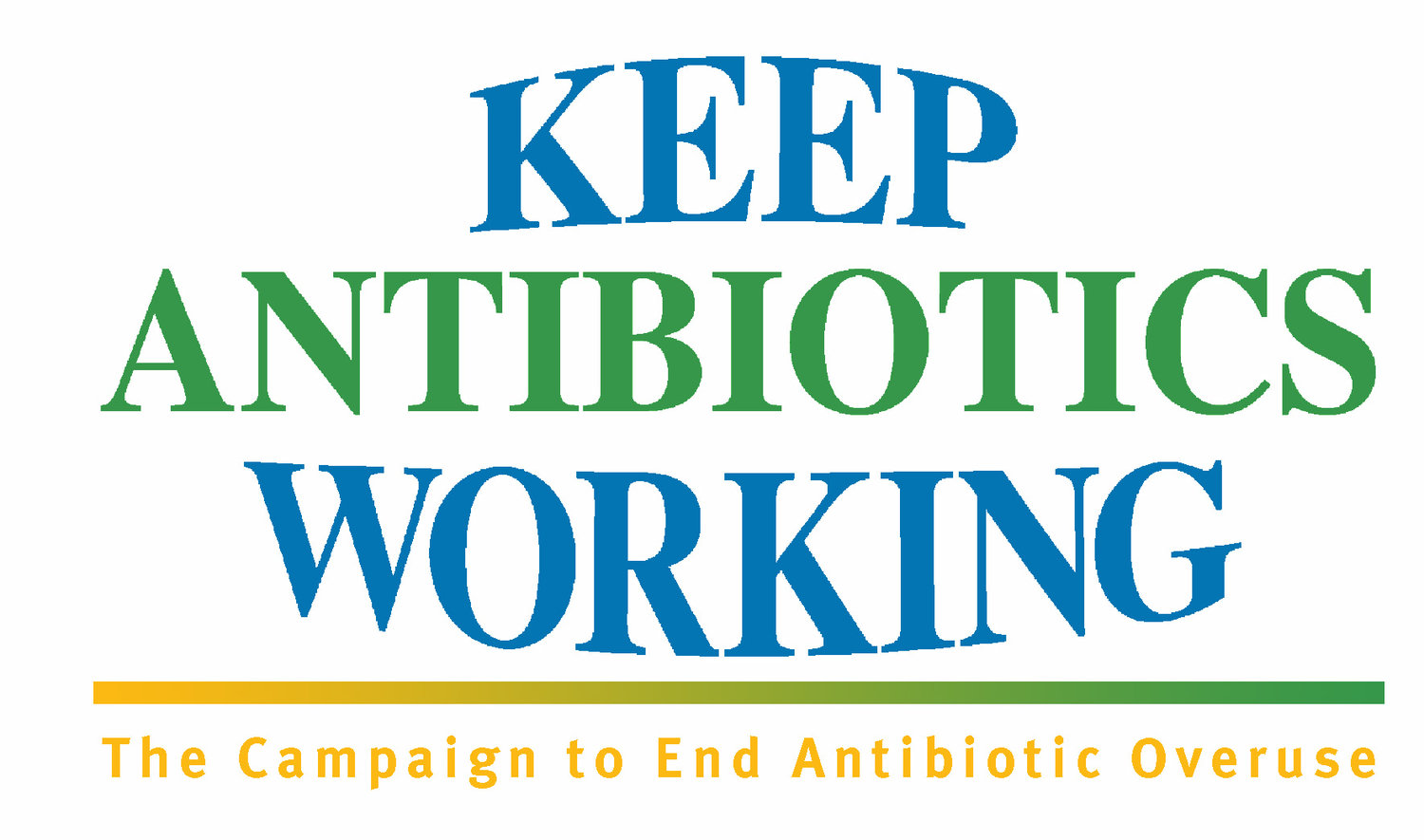Finally, sales of antibiotics for use in food animals have stopped climbing, but not for turkeys. To protect public health, sales need to go down not just plateau.
STEVE ROACH , SAFE AND HEALTHY FOOD PROGRAM DIRECTOR, FOOD ANIMAL CONCERNS TRUST
Data released by the FDA today showed a slight drop (3%) in the sales of medically important antibiotics for use in food-producing animals. This is only the third time that sales have dropped from year to year since data began being collected in 2009. Particularly good were reductions in the use of two classes of drugs, cephalosporins and macrolides. These drugs are considered critically important to human medicine because they are the go-to drugs for infections that people catch from food animals. The World Health Organization (WHO) recommends that these drugs not be used at all in animals, so having sales of them go down is important.
A slight reduction in overall sales is good, particularly after two years of increasing sales despite government and industry programs aimed at reducing overuse. Still these reductions do not go far enough. Keep Antibiotics Working would like to see sales of antibiotics for use in food animals go down by 50% from where they were in 2009 when FDA first began collecting sales data. This would put us more in line with other countries that have taken steps to eliminate antibiotic overuse on farms. Hitting this 50% target by 2025 will require that farms and feedlots do more to keep animals healthy. This means keeping pigs and calves with their mothers longer, improving diets, and providing animals all-around healthier environments.
The bad news of the day is that sales of antibiotics for use in turkeys went up by 7 percent. This is disturbing given that turkeys receive more antibiotics per pound of meat produced than any other species. A large part of this is that turkeys use a lot of penicillin which is not as strong as other antibiotics so it takes a higher dose to have an effect. Still, the turkey industry suffered from a large multistate outbreak of Salmonella in 2019 that was multidrug-resistant. I fear that, instead of spurring greater efforts to reduce antibiotic overuse, the industry has responded by using even more antibiotics in a futile effort to control Salmonella in their flocks. The additional piece of bad news is that sales of antibiotics for “other” went up 12% - even more than for turkeys. “Other” is a hodgepodge term that lumps together sales for other food animals such as fish, sheep, and bees but also may include some use in the big four animal species - cattle, pigs, turkeys, and chickens. Some of the reported reductions in sales for use in the big four could be due in part to more of the drugs being shifted to the “other” category. FDA data does not let us know.
There is a lot that FDA does not let us know. FDA has failed for decades to create a system to collect antibiotic use data on farms and feedlots (see our blog from November) but then uses the absence of that data to downplay the significance of the sales data. FDA has also failed to adjust the sales by animal biomass despite developing a method to do it in 2017. Adjusting the sales of antibiotics by biomass will let you know if the changes in sales are due to changes in the number of animals raised in contrast to changes related to using more or less antibiotics per animal. There is no reason for FDA not to adjust these sales data. Europe has been doing it for years. The most likely reason the FDA hasn’t adjusted the data is that it will make some industries look bad and FDA is afraid to make them unhappy.


